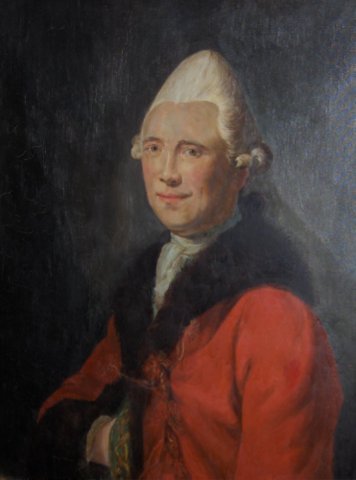|
Store Kongensgade 81
Store Kongensgade 81 is a Neoclassical architecture, Neoclassical property situated in Store Kongensgade between Frederiksgade and Hindegade, in Copenhagen, Denmark. The complex consists of a Neoclassical architecture, Neoclassical residential building from the 1780s fronting the street and a number of somewhat older secondary wings, surrounding two consecutive courtyards, on its rear. It was listed in the Listed buildings in Copenhagen Municipality, Danish registry of protected buildings and places in 1918. The artist Lorenz Frølich, whose father and uncle owned the property for almost 50 years, spent his childhood at the site. Other notable former residents include former Governor-General of the Danish West Indies Frederik von Walterstorff, historian and social critic Niels Ditlev Riegels, physician Johan Daniel Herholdt (1764-1836) and painter August Schiøtt. The property is now owned by Jeudan. History 17th and 18th centuries The property is located in an area formerly known ... [...More Info...] [...Related Items...] OR: [Wikipedia] [Google] [Baidu] |
Neoclassical Architecture
Neoclassical architecture is an architectural style produced by the Neoclassical movement that began in the mid-18th century in Italy and France. It became one of the most prominent architectural styles in the Western world. The prevailing styles of architecture in most of Europe for the previous two centuries, Renaissance architecture and Baroque architecture, already represented partial revivals of the Classical architecture of ancient Rome and (much less) ancient Greek architecture, but the Neoclassical movement aimed to strip away the excesses of Late Baroque and return to a purer and more authentic classical style, adapted to modern purposes. The development of archaeology and published accurate records of surviving classical buildings was crucial in the emergence of Neoclassical architecture. In many countries, there was an initial wave essentially drawing on Roman architecture, followed, from about the start of the 19th century, by a second wave of Greek Revival architec ... [...More Info...] [...Related Items...] OR: [Wikipedia] [Google] [Baidu] |

_-_facade_on_Piazza_dei_signori.jpg)